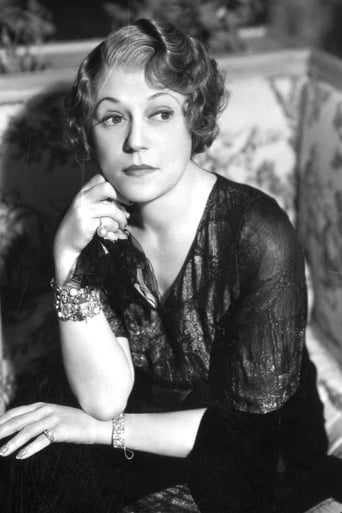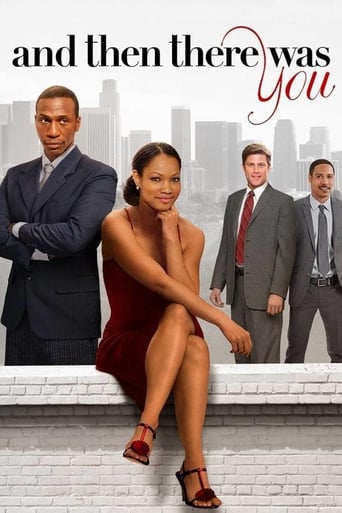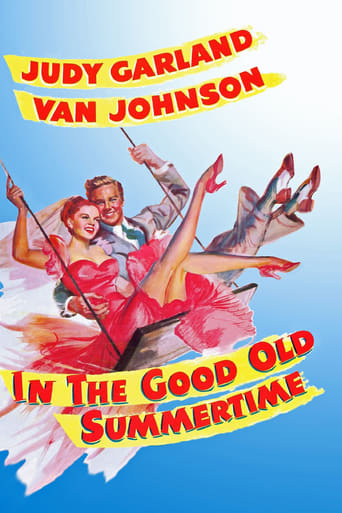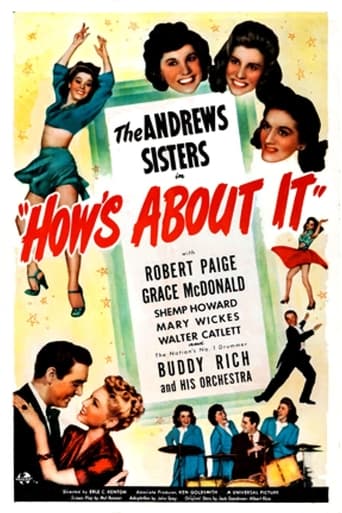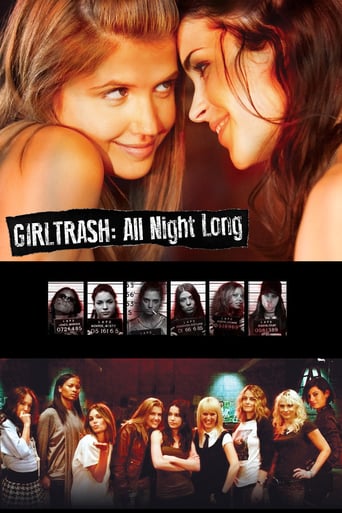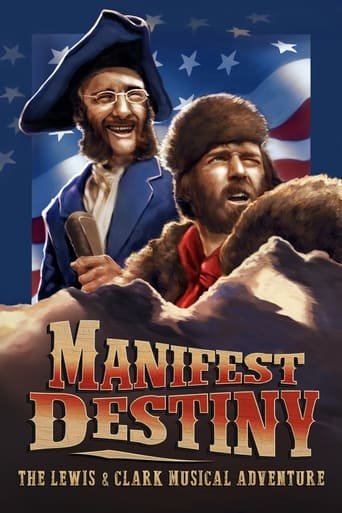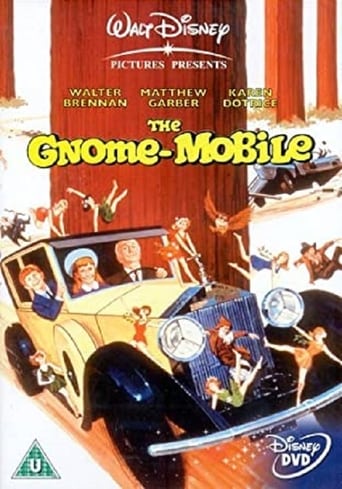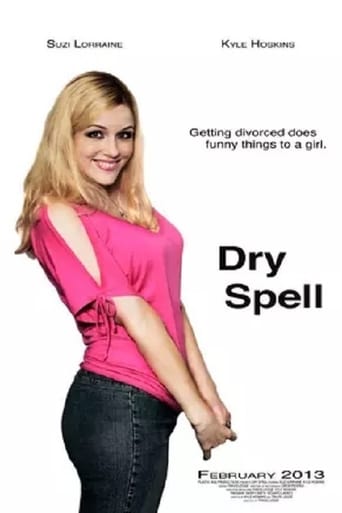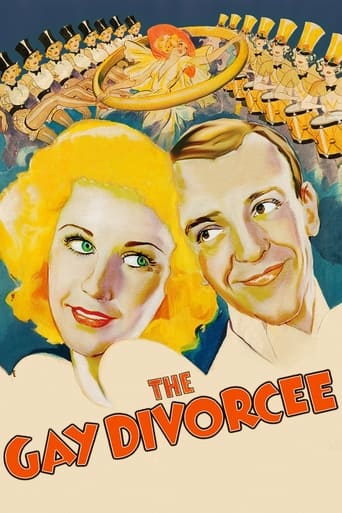
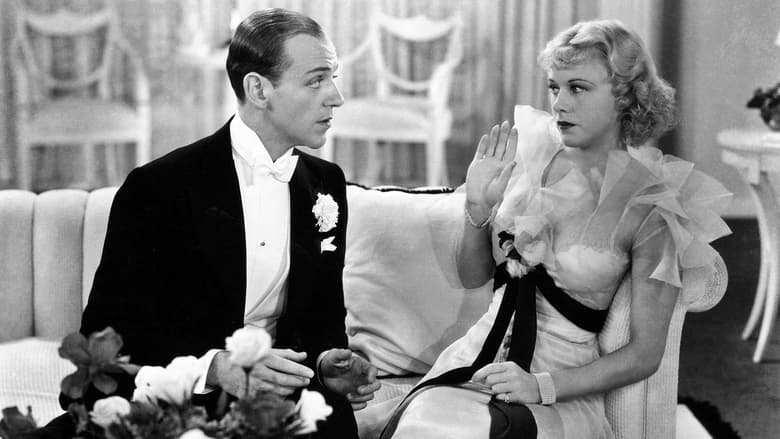
The Gay Divorcee (1934)
Seeking a divorce from her absentee husband, Mimi Glossop travels to an English seaside resort. There she falls in love with dancer Guy Holden, whom she later mistakes for the corespondent her lawyer hired.
Watch Trailer
Cast
Similar titles
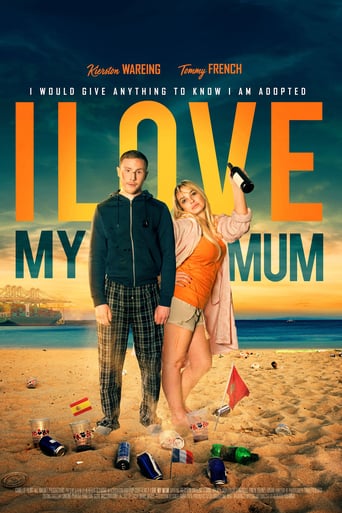
Reviews
It's no definitive masterpiece but it's damn close.
Good concept, poorly executed.
A Masterpiece!
Great movie. Not sure what people expected but I found it highly entertaining.
Most of these reviews don't appear to understand the plot. As the law in England then stood, the only reliable way to get a divorce was on the grounds of adultery, which required citing a co-respondent (not 'correspondent'), who was required to have been discovered in flagrante delicto with the marriage partner, i.e. having breakfast in the same room. This was usually delegated to a professional co-respondent such as depicted in this movie, who was certainly not a 'would-be Latin lover' at all but just a guy hired to do a job and be seen by a chambermaid at a legally appropriate time.Stunning movie, perhaps my favourite of the series, with the unsurpassed 'Night and Day' number and an excellent large-scale production number for the Continental, using every inch of a vast RKO Big White Set, although it isn't quite as big as it appears in one shot: look for a bit of matte work.
The movie musical had been a Hollywood staple since the dawn of the talkies, but after a few years the novelty of the all-singing picture was wearing off and the studios had to refresh the genre with new tricks and, most crucially, popular stars. Old hand Al Jolson had reinvented his image, Bing Crosby was a fresh-faced newcomer, but most successful of all was the duo of Fred Astaire and Ginger Rogers. This was their second appearance together, and the first where they were the lead players and main attraction.The two of them were rather different in background. Astaire had already been an established star on the stage and having worked with Ziegfeld was very much in touch with that passing generation of theatrical extravaganza, but he was a newcomer to cinema. Rogers on the other hand already had two-dozen movie credits to her name, and had gained a reputation in small roles, often as a catty, antagonistic chorine. But despite their differences they have in common an approach to dancing that, despite professional precision, brings out a lot of personality. And both can act. Ginger would later prove herself to be an excellent dramatic actress, and is steady enough here. Fred just has an easygoing charm that seems as effortless as his dancing. In a non-musical, these two would seem an odd pairing – it's when they dance we see them click. But these were early days yet, and in The Gay Divorcée they lack that sense of familiarity around each other that would make their later romances seem so right.This was also the first time Astaire and Rogers were put before director Mark Sandrich, the man who helmed their most successful features together. Sandrich keeps a sort of gentle rhythm going throughout the picture with some delicate camera moves, such as the opening sweep through the restaurant onto Astaire's dancing fingers. His approach to the musical numbers was always oblique yet effective. For "Needle in a Haystack", the song is born out of a dialogue scene, with the camera still in its place, the sofa in the foreground separating us from Astaire, who (very unusually) is framed in profile. After one verse, the angle changes to place us in front of him. The camera then follows him as he gets up and selects a tie from a valet, and the dance just segues out of that movement. Sandrich's ability to make the songs flow seamlessly in and out of the non-music scenes was a key part in the ongoing revolution in how musicals were made.One thing that makes a musical like The Gay Divorcée seem somewhat archaic is its plot. It's a comedy of errors that might have been quite good had it been fully developed as one, but the way the narrative twists to fit a song it becomes obviously artificial. It also suffers from an unpleasant quality of many romances of the era, in that the "romance" basically consists of the man stalking and harassing the woman until, against all probability, she falls for him (and not even the suave Mister Astaire can stop this from appearing creepy). The only thing that saves this from being a handful of noteworthy song-and-dance routines strung together with a limp story is the often witty dialogue and the way it is delivered by a wonderful supporting cast. Just as Fred and Ginger established their screen persona, so too did Edward Everett Horton become the fussy, mother-hen sidekick, Eric Blore the chirpy, intrusive butler and Erik Rhodes the bungling would-be Latin lover. These three are all excellent and, with the romantic interplay between Astaire and Rogers not quite as fizzing as it should be, dare I say they even overshadow the two leads? (Yes, I do dare say).
After staying in Paris on vacation, the American dancer Guy Holden (Fred Astaire) and his Londoner lawyer friend Egbert Fitzgerald (Edward Everett Horton) return to London by ship. Guy meets the wealthy American blonde Mimi Glossop (Ginger Rogers), who is traveling with her aunt Hortense Ditherwell (Alice Brady), in the harbor and Mimi asks him to call her aunt to open her luggage since her dress is trapped in the trunk. Guy tries to release her dress but he accidentally rips Mimi's dress. Guy lends his overcoat to her expecting to receive it back with a thank-you note with her name and address, but Mimi returns the coat without any card.Meanwhile, Hortense seeks out Egbert, who is replacing his father in the office, expecting to get the divorce of Mimi and her husband, the geologist Cyril Glossop (William Austin). However, Cyril advises that it would be difficult to make Cyryl accepting the divorce and he suggest to Mimi to hire the "correspondent" Rodolfo Tonettito (Erik Rhodes) to stay with her in a hotel room. Meanwhile, Egbert would hire private eyes to arrive in Mimi's room and surprise the couple, forcing the divorce of Mimi and Cyril. Egbert gives a password to Tonettito to identify Mimi and uses a sentence created by Guy – "Chance Is the Fool's Name for Fate". Mimi believes that Guy is her correspondent and stays with him in her room. When Tonettito arrives in her room, the disappointed Mimi learns the truth and feels better. But she is still married and can not marry Guy. "The Gay Divorcée" is a great classic musical, with Ginger Rogers and Fred Astaire shining and dancing. The long song "The Continental" was awarded with the Oscar of Best Music in 1935 and it is delightful to see the choreography of the dance. In IMDb Trivia, there are interesting information about this film that I will not repeat in my review. In addiction, Ginger Rogers drives the mighty Duesenberg Model J, one of the most popular luxury cars as well as a status symbol in the United States and Europe. This car that cost between US$ 20,000.00 to US$ 25,000.00 in 1935 was driven by Clark Gable and Gary Cooper (the rare model SSJ 125), Al Capone, Greta Garbo, Howard Hughes, Mae West, Tyrone Power among others personalities. My vote is seven.Title (Brazil): "A Alegre Divorciada" ("The Gay Divorcée")
Ginger's aunt concocts a scheme to get her out of her unhappy marriage, but complications arise. This film became the template for all the Astaire-Rogers films to follow - a silly plot involving mistaken identities, snappy musical numbers, and supporting cast featuring some combination of scene stealers Horton, Blore, and Rhodes. The formula would be perfected the following year with "Top Hat," but this is entertaining enough in its own right. The big musical number is "The Continental," which is enjoyable despite going on for more than 17 minutes. Sandrich directs the first of his five Astaire-Rogers films, borrowing a few tricks from Busby Berkeley.


